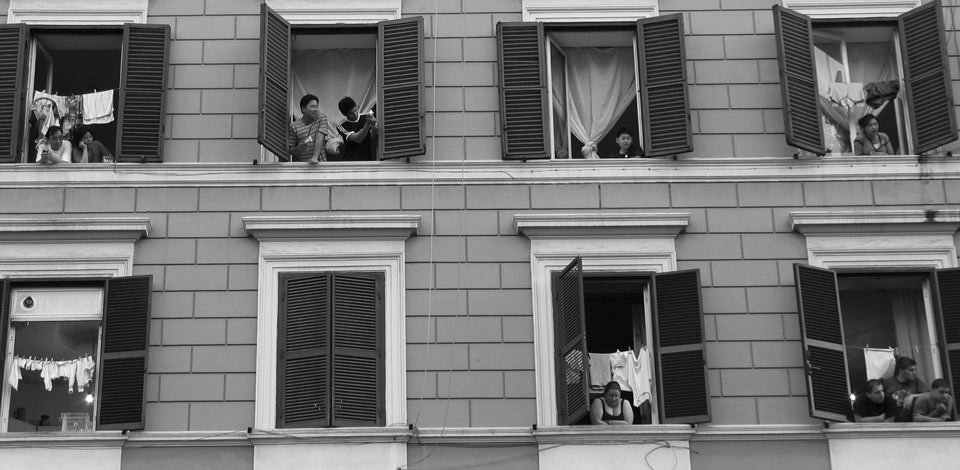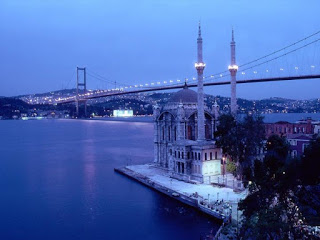L’Unione Europea fatica ancora a trovare una soluzione stabile e unanime alla cosiddetta ‘crisi dei rifugiati’, mentre il flusso migratorio che attraversa il Mediterraneo orientale e i Balcani occidentali si è ridotto solo a causa delle proibitive condizioni metereologiche invernali. Il ricollocamento e gli hotspots non sono decollati, a causa delle diffuse resistenze da parte di quasi tutti i Paesi europei. Mentre in Europa cresce l’ostilità nei confronti dei richiedenti asilo, alcuni Stati membri sembrano pronti ad accettare una prolungata sospensione di Schengen, che comporterebbe la reintroduzione di controlli ai confini interni e la limitazione della libertà di circolazione.
In questo contesto, i Paesi europei hanno infine concordato lo sblocco dei 3 milioni di euro promessi alla Turchia lo scorso novembre. In base all’accordo siglato tra UE e Turchia, questi soldi dovrebbero servire per azioni a supporto dei siriani e delle comunità che li ospitano in Turchia, mentre la Turchia dovrebbe in cambio aumentare i propri sforzi per arginare il flusso di migranti diretti in Europa.
Diederick Samsom, leader del partito social-democratico olandese, ha però di recente proposto un piano più radicale. Un gruppo di Paesi europei accetterebbe di reinsediare un numero consistente di rifugiati dalla Turchia. In cambio, la Turchia accetterebbe di riammettere tutti i migranti e richiedenti che arrivano in Grecia, e che verrebbero rimandati in Turchia in traghetto. Questo piano si basa sul presupposto che la Turchia sia un ‘paese terzo sicuro’ per richiedenti asilo e rifugiati. Ma possiamo davvero considerare la Turchia un paese terzo sicuro?
Emanuela Roman e Steve Peers hanno scritto un articolo su questi temi, pubblicato sul blog EU Law Analysis, vai all’articolo
Un commento al piano Samsom di Emanuela Roman è stato pubblicato sul blog Verblijfblog (in olandese).
EN
The EU, Turkey and the Refugee Crisis: What could possibly go wrong?
The European Union continues to face serious difficulties in finding a stable solution to the so-called ‘refugee crisis’, while the migration flow through the Eastern Mediterranean and the Western Balkans has slightly diminished only due to the severe winter weather conditions. The relocation mechanism and the hotspots have not taken off, due to the widespread resistances of almost all EU countries. Amid increasingly hostile feelings towards asylum seekers in Europe, some EU countries seem ready to accept a prolonged suspension of the Schengen agreement, which means re-establishing internal border controls and limiting freedom of movement.
Against this background, Member States have finally agreed to unblock the 3-million-euro funding they promised to Turkey back in November. According to the EU-Turkey agreement, this money should be used to support Syrians and their host communities in Turkey, while Turkey should increase its efforts to stem the migration flow to Europe.
However, Diederick Samsom, leader of the Dutch Labour Party, has recently proposed a more radical plan. A group of EU countries would accept to resettle a substantial number of refugees from Turkey. In exchange for this, Turkey would accept to readmit all migrants and asylum seekers who arrive in Greece, and who would be returned to Turkey by ferry. This plan is based on the assumption that Turkey is a ‘safe third country’ for asylum seekers and refugees. But can we really consider Turkey a safe third country?
Emanuela Roman and Steve Peers wrote an article on these issues, published on the web blog EU Law Analysis, at the following link: http://eulawanalysis.blogspot.nl/2016/02/the-eu-turkey-and-refugee-crisis-what.html
A shorter comment on the Samsom Plan by Emanuela Roman was published on the web blog Verblijfblog (in Dutch), at the following link: http://verblijfblog.nl/2016/01/28/asielzoekers-per-veerboot-terug-naar-turkije/








